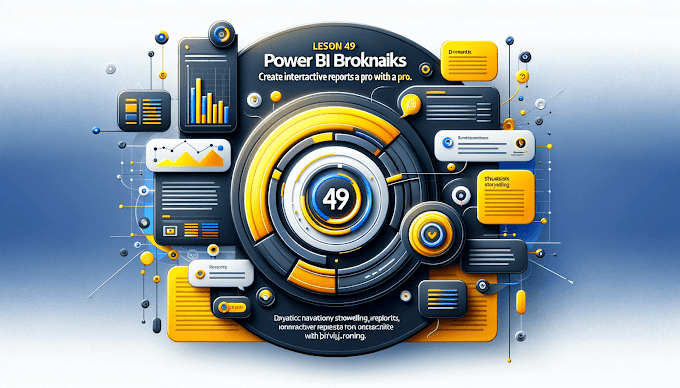Introduction
A slow Power BI report kills productivity.
Long refresh times visuals lagging filters delayed users frustrated.
Good news?
With the right optimization techniques, you can make your dashboard 10x faster even with large datasets.
This guide shares 10 powerful performance best practices that every analyst, developer, and business owner must follow in 2025.
1. Use Star Schema for Maximum Speed
Star Schema is the fastest and cleanest model for Power BI.
Why it improves performance:
- No unnecessary joins
- Low relationship complexity
- Cleaner DAX calculations
- Higher compression rate
Avoid Snowflake Schema unless absolutely required.
2. Reduce Column Count in Tables
More columns = more memory usage = slower reports.
Remove:
- Unused columns
- High-cardinality text fields
- Columns used only for ETL logic
- Combined date-time columns
- Keep your model simple and lean.
3. Use Proper Data Types
Incorrect data types slow Power BI visuals.
For example:
- Date stored as Text → slow filtering
- Numeric stored as Text → slow aggregation
Set proper types in Power Query before loading data.
4. Avoid Too Many Calculated Columns
Calculated columns consume memory permanently.
Instead, use Measures (they calculate on the fly).
Calculated Column → Slower
Measure → Faster + Optimized
Use calculated columns only for:
- Keys
- Static categories
- Mapping reference
5. Turn Off Auto Date/Time
Go to:
Options → Data Load → Uncheck “Auto Date/Time"
This alone can reduce model size by 30–40%.
Always use a custom Date Table.
6. Limit Visuals on a Report Page
More visuals = more queries processed = slower dashboard.
Recommended:
- Max 8 visuals per page
- Use bookmarks for multiple views
- Avoid excessive tables and matrices
Your report becomes faster AND cleaner.
7. Disable Unnecessary Interactions
By default, every visual interacts with every other visual.
This slows the report.
Fix:
Format → Edit Interactions
Turn off interactions you don’t need.
Result:
Visuals load instantly.
8. Optimize DAX (Golden Rules)
Avoid CALCULATE inside iterators unnecessarily
Prefer SUMX() only when needed
Avoid FILTER() on large tables
Use VAR to store results
Example:
Faster + cleaner.
9. Use Incremental Refresh for Big Data
Instead of refreshing the entire dataset daily…
Refresh only:
- New rows
- Modified rows
Benefits:
- 10x faster refresh
- Less dataset load
- Ideal for daily/real-time reports
10. Optimize Power Query Steps
Power Query is the first place where performance breaks.
Follow this:
- Remove unneeded steps
- Convert data types early
- Avoid column-by-column operations
- Keep transformations lightweightDisable load for intermediate tables
- Your final model will load faster.
Conclusion
If you apply these 10 optimization tricks, your Power BI dashboard can become 10x faster even with lakhs of rows.
A clean, optimized model not only speeds up loading but also improves user experience and boosts long-term report stability.
Fast dashboards = happier clients = higher business value.

















